Hiroshima Castle Museum – The Fall of the Mori Clan
Published by CamDarling on
Hiroshima Castle is a beautiful 5 story museum with a viewing platform at the top overlooking all of downtown Hiroshima City. Surrounded by a large moat and ruins left over from the Castle’s destruction in the Atomic Bomb blast of 1945, the rebuilt Castle stands as a sign of strength and recovery.
A short walk from the Memorial Peace Park, Hiroshima Castle was the seed planted over 400 years ago that slowly grew in to today’s modern city. Built on the delta of the Otagawa river in 1589, Hiroshima Castle emerged as the base of power in all of Southern Honshu during the Sengoku Jidai period, the warring states period of Feudal Japan. The rise of Hiroshima Castle marked the beginning of the end of one of Japan’s most powerful Clans and the legacy of the great Daimyo, Mori Motonari of the Mori Clan.
Hiroshima Castle Museum
- Hours: 9:00 am to 6:00 pm from March to November & 9:00 am to 5:00 pm from December to February
- Fee: 370 Yen ($3.70 USD) per adult for the castle museum, the gardens and main gate are free.
- Services: Tour the castle museum, tour the old ruins and gardens of Hiroshima Castle and a walk through the main gate “Ninomaru”
Hiroshima Castle is more than just the main castle structure called “tenshukaku” (天守閣) although that is the main attraction. Similar to Osaka Castle, Hiroshima Castle is located at the center of the city. Or in truth, the city emerged around the Castle grounds in the 16th century which is why there is a beautiful moat surrounding the entire complex. Today you can enjoy the Castle Museum, tour the old ruins left after the destruction of World War II, and the more recently rebuilt Ninomaru main gate.
I’m not sure what the plans are in terms of restoring the other structures of the compound, however It’s fantastic that the Japanese took the time to rebuild the main gate turret and walls using the authentic traditional building techniques used in the past. Take a moment to look up and admire the woodwork when you enter the main gate building, just remember to take your shoes off first!
The Hiroshima Castle website is mostly in Japanese and not really user friendly for English speakers so I will include a few other references for more information.
Official Hiroshima Castle Website、Visit Hiroshima Website & Japan-Guide Website
History of Hiroshima Castle
The story of Hiroshima Castle begins in 1589 when Mori Terumoto began construction of the Castle on the delta of the Otagawa river. Terumoto was an elder councilor to the Shogun Toyotomi Hideyoshi who unified Japan in the late 16th century. But more importantly, Mori Terumoto was the grandson of the famous warlord Mori Motonari, the conqueror of Aki Province.
Toyotomi had just built Osaka Castle, also located on a delta a mere 6 years earlier. From Osaka to Hiroshima, Toyotomi could sail his forces up and down the inland sea without having to march into the territories of other warlords. Hiroshima castle also gave Toyotomi’s appointed lords direct control over some of the most fertile plains in the area.
The Mori Clan, Rulers of Chugoku
But let’s go back for a moment to explain the importance of Hiroshima Castle as a base of power in the Chugoku region. First off, the Chugoku region is the entire southern portion of Honshu island and consists of modern day Hiroshima, Okayama, Shimane, Tottori and Yamaguchi prefectures. However, jumping back to the 16th century, Hiroshima city didn’t really exist as it was just a collection of five villages, and Chugoku region was being conquered by Mori Motonari.
Tragically, history never gave us the opportunity to see Mori Motonari fight against any of the three unifiers of Japan: Uda Nobunaga, Toyotomi Hideyoshi or Tokugawa Ieyasu from the Kanto region (modern day Tokyo).
Motonari turned a small mountain top Castle of Aki Province (modern day Hiroshima Prefecture) into the power center of all of southern Honshu. He was a brilliant strategist, trickster and diplomat. He emerged as the ruler of all Chugoku region despite being flanked on both sides by powerful warlords. He died at age 71 in 1571 only 11 years before the unification of Japan!
Baz Battles does a great video on the rise of Mori Motonari, check it out here!
The Fall of the Mori Clan
After Mori Motonari’s death, power over the Chugoku region went to his sons, but their rule was lost in one decisive battle: The battle of Sekigahara in 1600. You see, Mori Terumoto, the grandson, fought alongside Hideyoshi in Korea for years in the 1587 campaign, his clan was loyal to the Hideyoshi Shogunate. So when Tokugawa Ieyasu seized control of the regency of Hideyoshi’s heir and eventually control over the Shogunate and all of Japan, the Mori clan resisted.
As we described in our Osaka-Castle article, the battle of Sekigahara secured the Tokugawa Shogunate control over all of Japan. Unfortunately, the Mori clan fought with the western Japanese forces and lost.
History is rarely on the side of the losers and the Mori Clan lost everything except for a small domain at the very tip of southern Honshu called Nagato and Suo Provinces. All the power of the once powerful mountain castle of the Mori clan was transferred to Hiroshima Castle, the new center of power of all southern Honshu island.
Mori Motonari’s lifetime of accomplishments; battle victories, strategic weddings, diplomatic missions, and the conquering of vast territories was washed away only a few decades after his death by the Tokugawa Shogunate that would rule Japan for over 250 years. That’s how Hiroshima Castle emerged as the base of power in all of southern Honshu and remains the most important military location for in the region.
The Castle remained in the hands of the Asano family as lords of Aki Province until 1869. Toyotomi Hideyoshi’s wife was a member of the Asano Clan but perhaps they weren’t as loyal as the unfortunate Mori Clan. Aki Province later became known as Hiroshima Prefecture.
Rebuilding after WWII
On August 6th, 1945 Hiroshima Castle was destroyed by the Atomic Bomb blast that led to the eventual surrender of Japan and the end of World War II. The Castle was a garrison for Japanese troops in anticipation of an invasion of western allies. Hiroshima Castle was primarily made of pine wood and had stood over 350 years.
Evidence suggest the lower level pillars were destroyed and the Castle collapsed. However when you look at the photos of Hiroshima after the blast, does it matter? Hiroshima Castle was a fortification of an era long past, of a time when soldiers fought with Samurai swords and muskets or bows and arrows. The devastation of the atomic bomb left the city engulfed in flames and dust. 140,000 people died within a month.
The Castle that stands today was erected in 1958 as a symbol of recovery and pride. It’s a museum on the history of Samurais, Daimyos and Feudal Japan. Over the last 70 years, the city has been rebuilt into a bustling metropolis and a beautiful modern city.
From the top of the five story Castle, you can enjoy a view of the wonderful city of Hiroshima.
Directions to Hiroshima Castle
From Hiroshima Peace Park
- Walk 15 Minutes North, you can’t miss it!
- Turn left at the SOGO Shopping Mall and Past the Arts Museum
Your trip to Hiroshima will no doubt be inspirational and emotional as you visit the Memorial Peace Park. But I recommend taking an afternoon to explore Hiroshima Castle’s wonderful museum. The history of feudal Japan is incredible, and Hiroshima Castle is no doubt one of the greatest parts of the History of Aki Province and today’s Hiroshima City.
Getting there by “Hiroden” Streetcar
Several of the old Streetcars survived the atom bomb. thus becoming one of the key features of the city of Hiroshima. You can jump on the modern “Hiroden” streetcar and make your way around the city! It’s the best way to get around!
Discount Tickets are available for a 1 day Streetcar + Ferry pass for 840 Yen ($8.00 USD)
Additional 3 or 5 day passes are available (2nd Link) until March 30th 2019. I received a confirmation from the local bus association for the extension of the sale to March 2019.
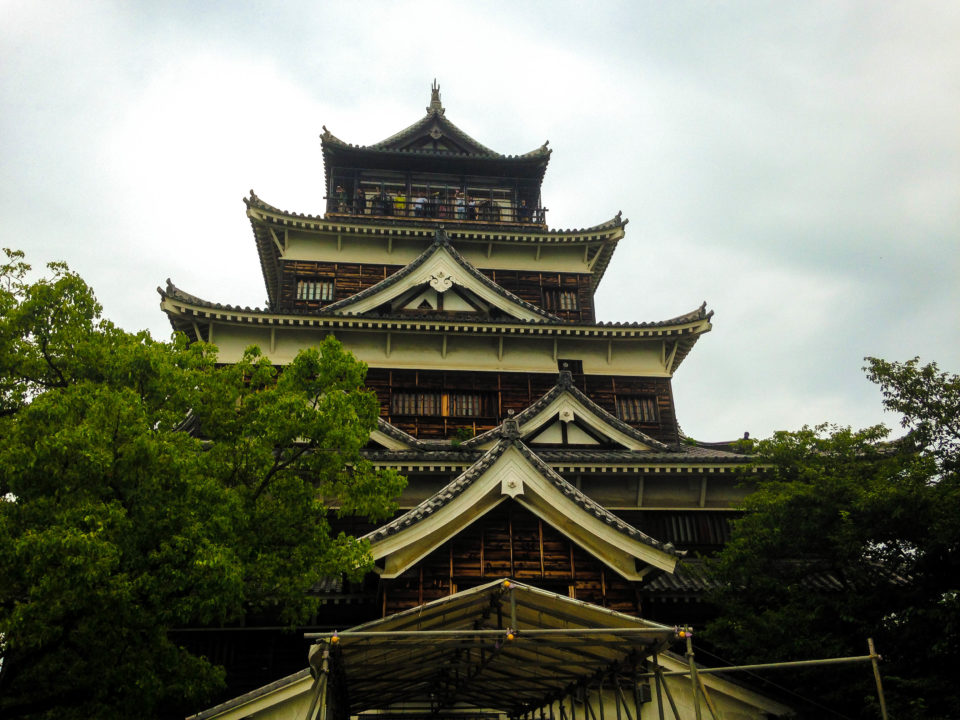
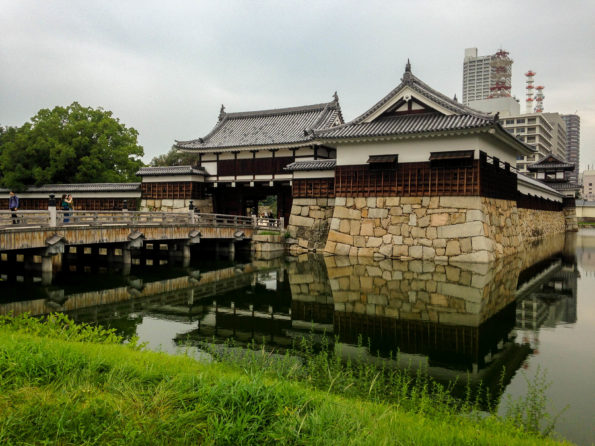
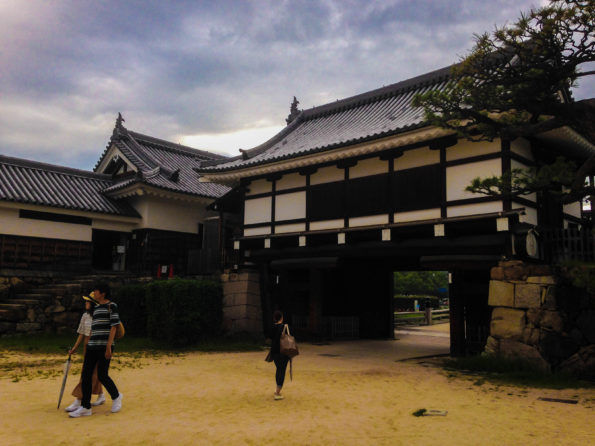
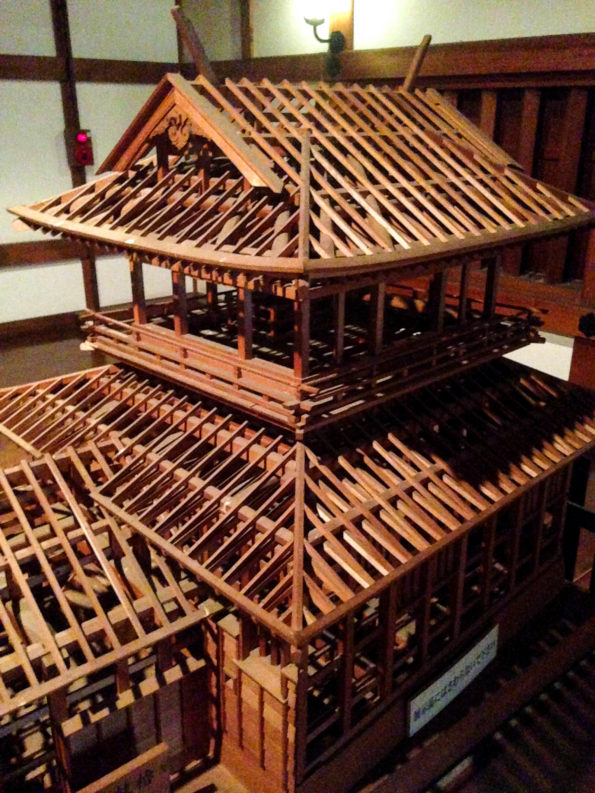
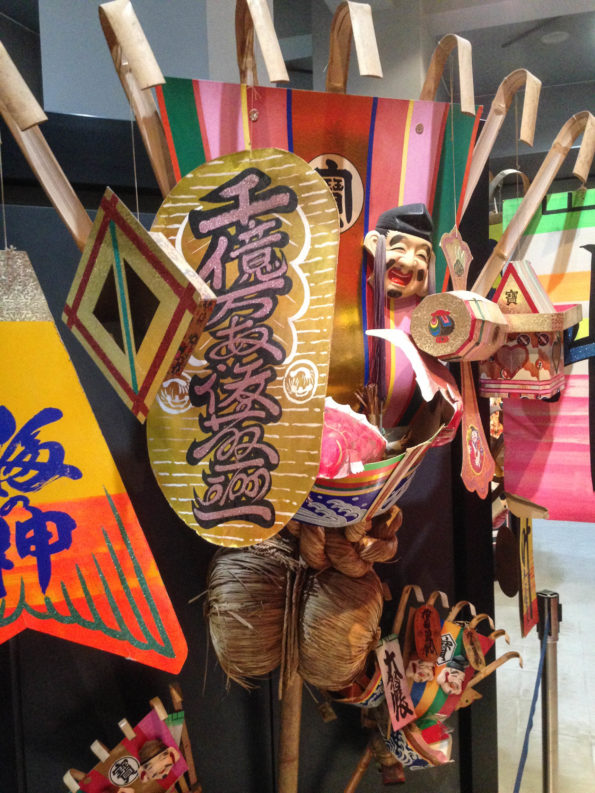
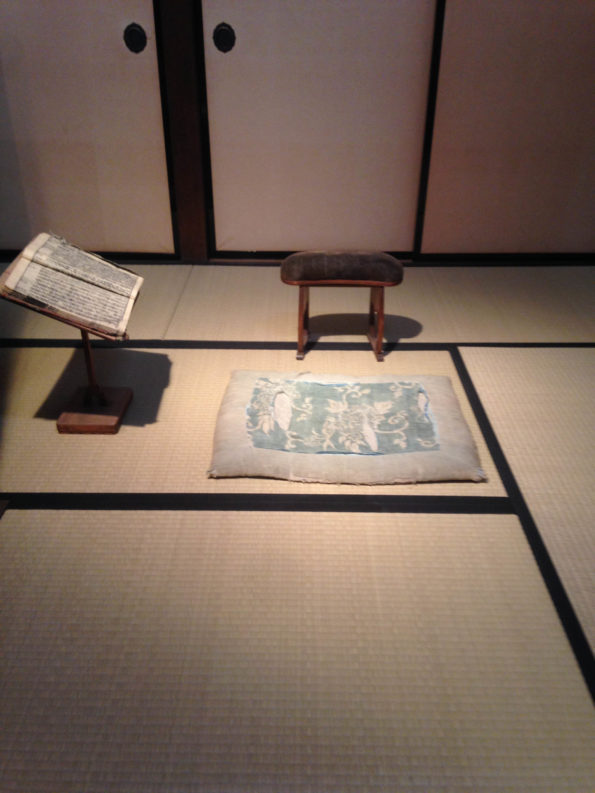
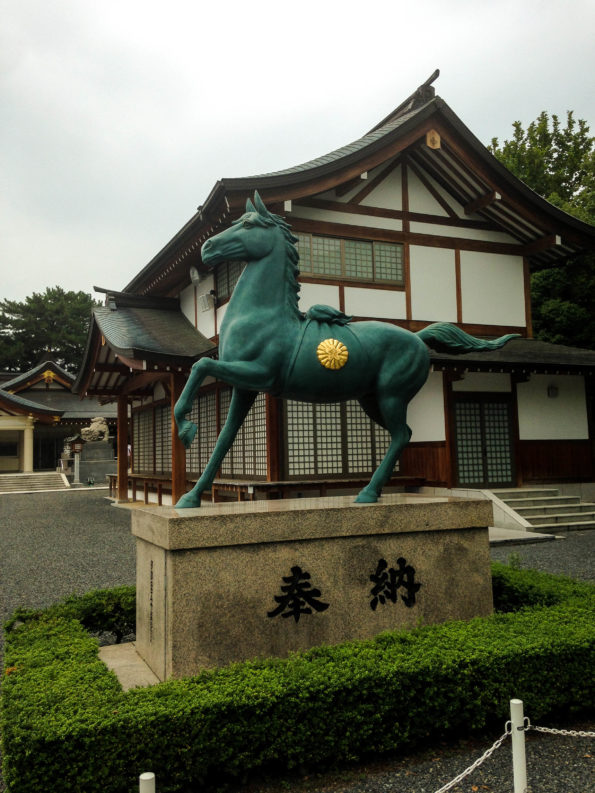
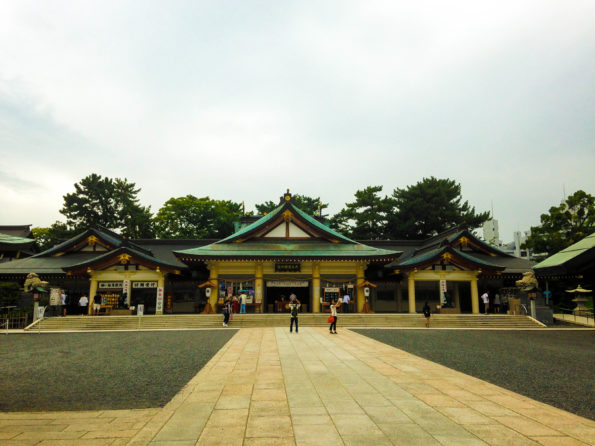
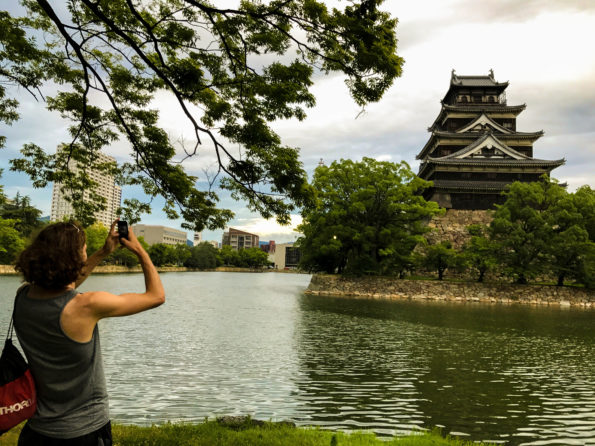

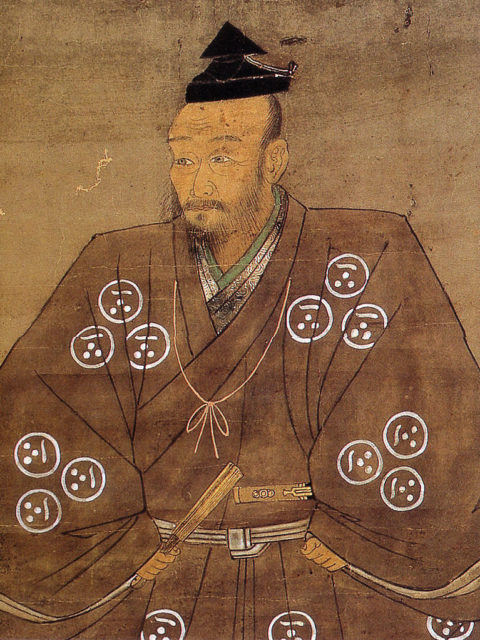
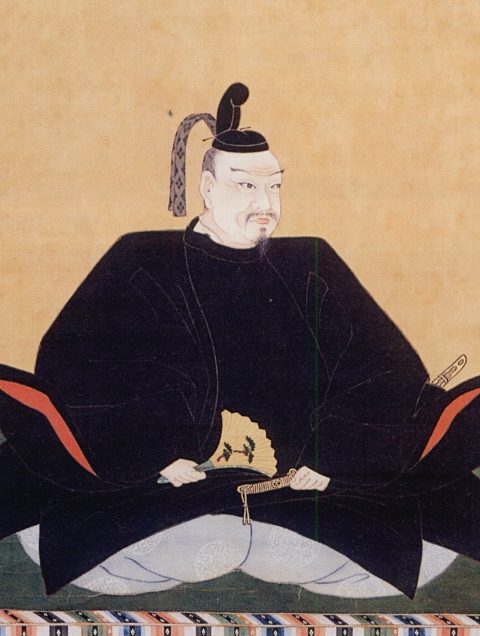

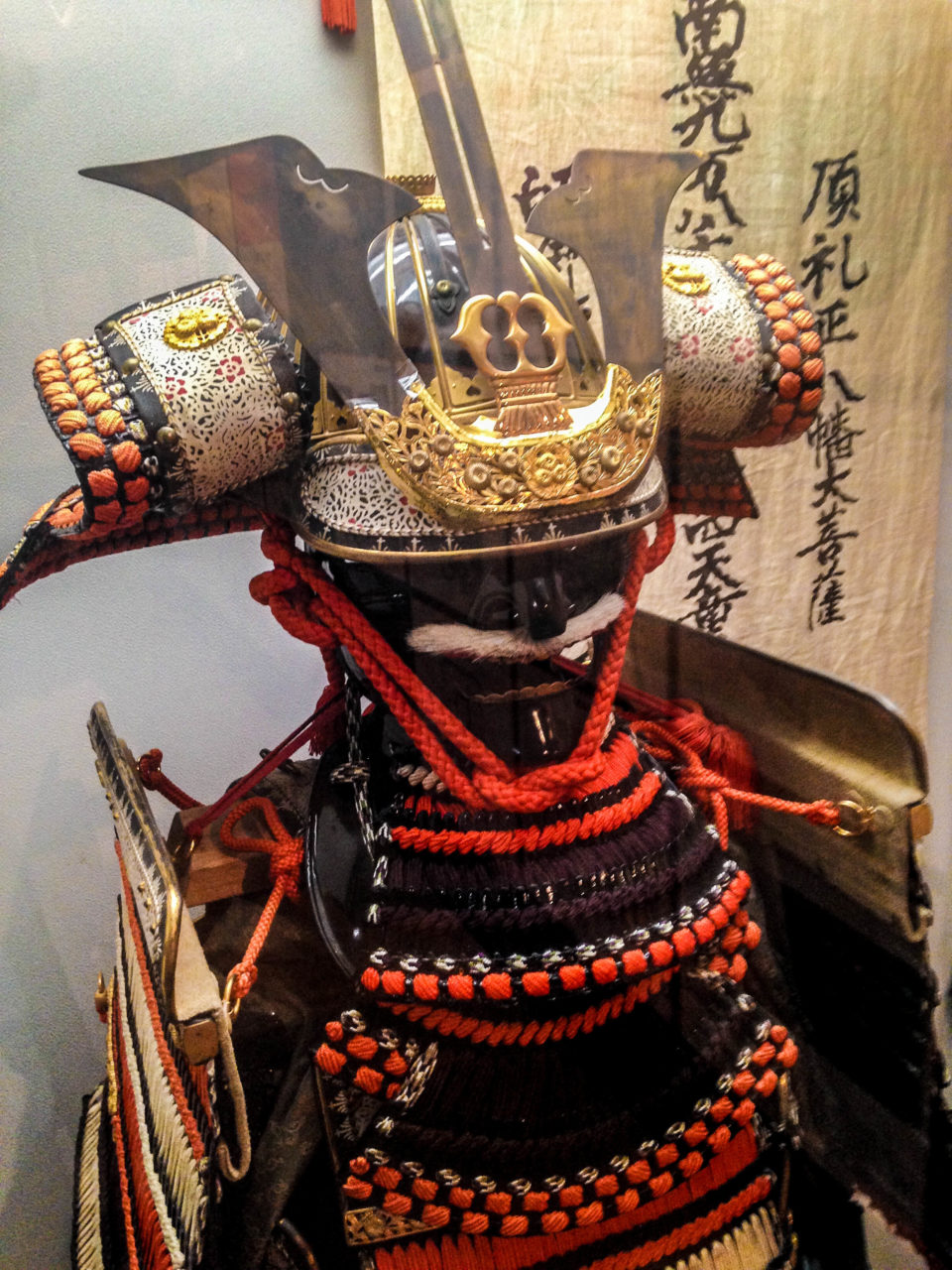
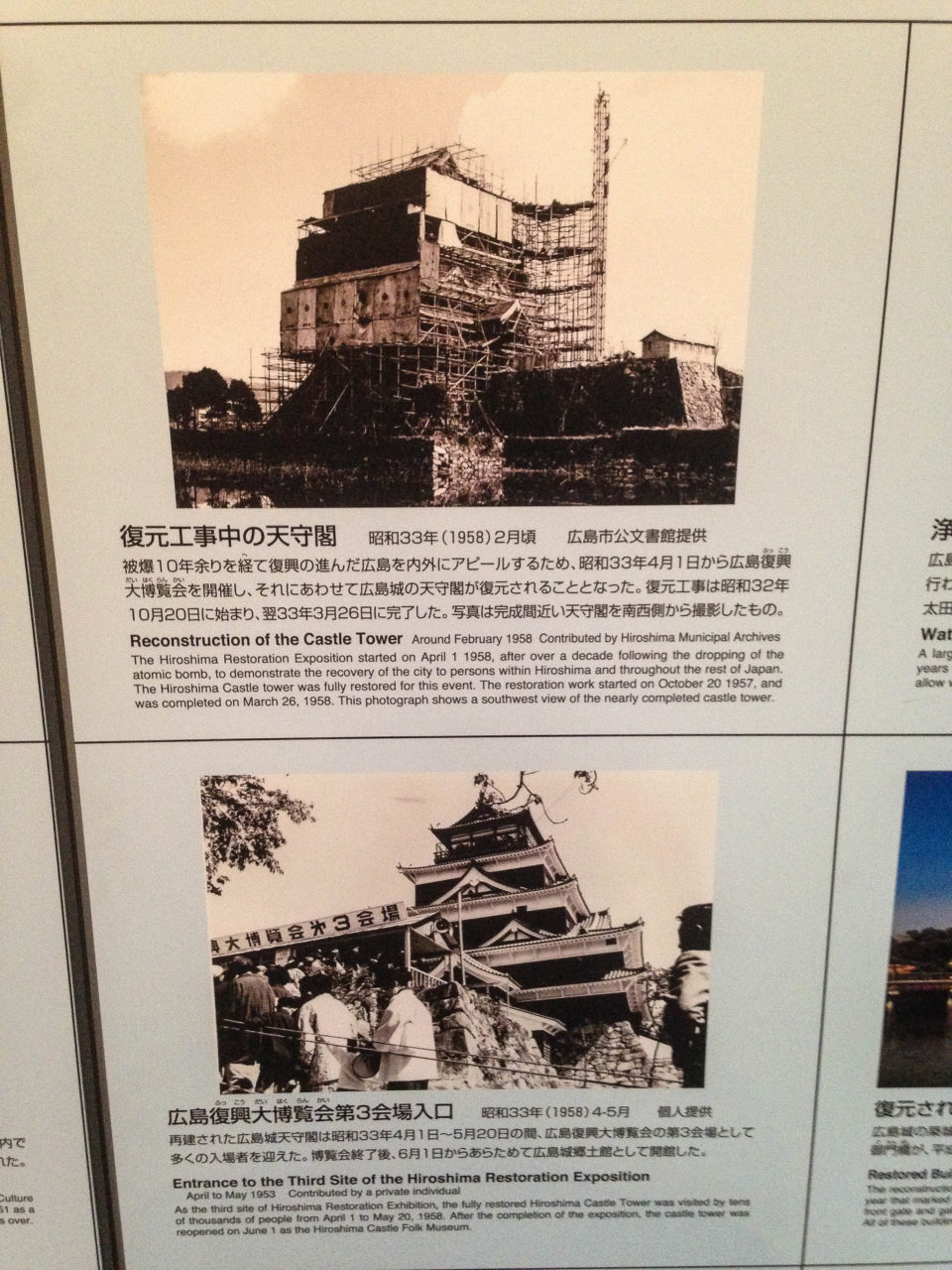

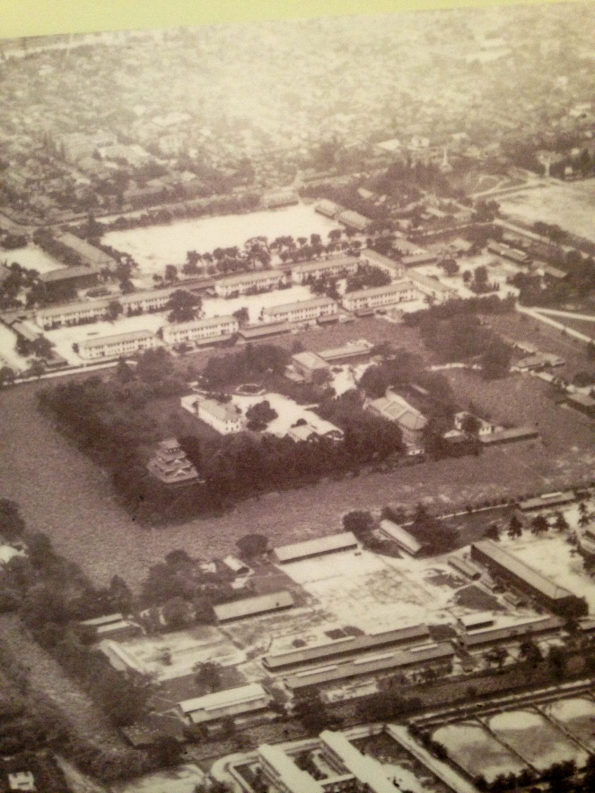
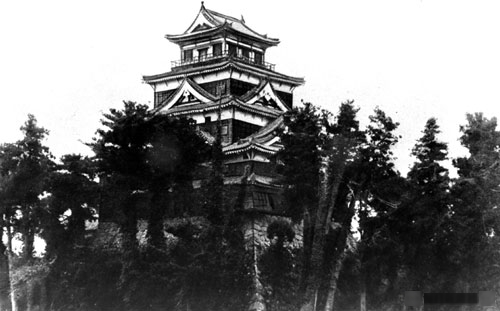

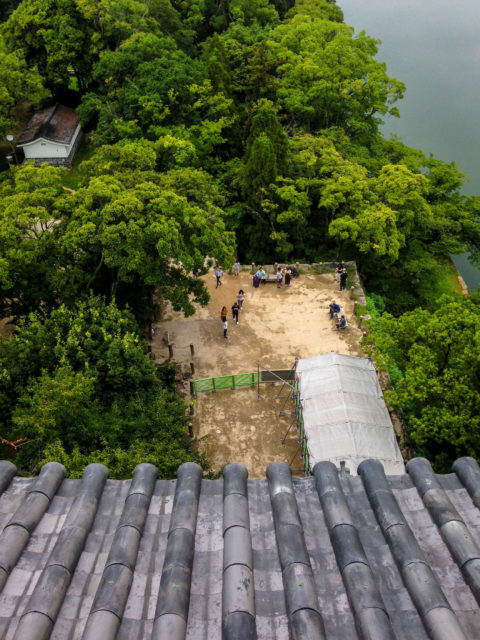
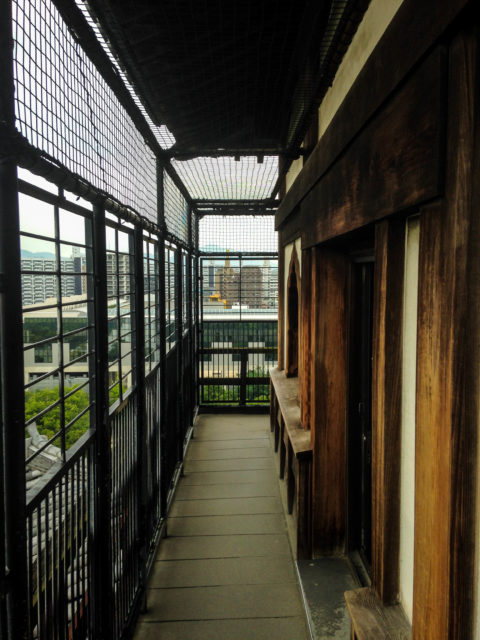
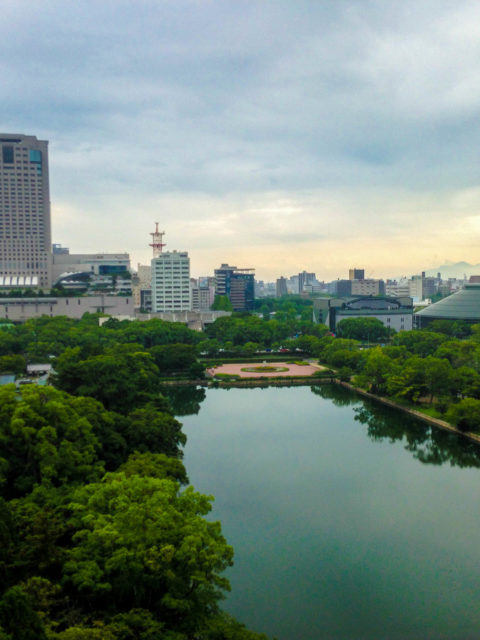
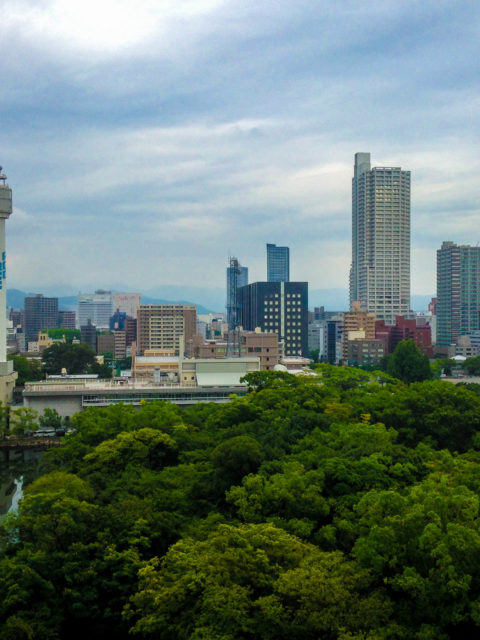




0 Comments